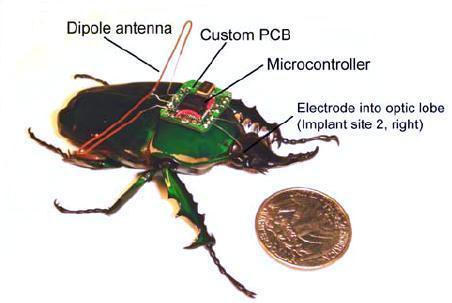
In life and embedded systems timing is everything. Give [Frank’s] web-based timer calculator a try. Set your system clock resolution (in hertz making sure you account for any system clock divider), select your timer resolution and prescaler, then calculate based on desired ticks, overflows, or real time. He’s built this with the AVR chips in mind but it should be handy for any family of microcontrollers.
Of course none of this is rocket science, but if you’re trying to use one timer for two differently synchronized events this can save you a lot of trial and error time.
















